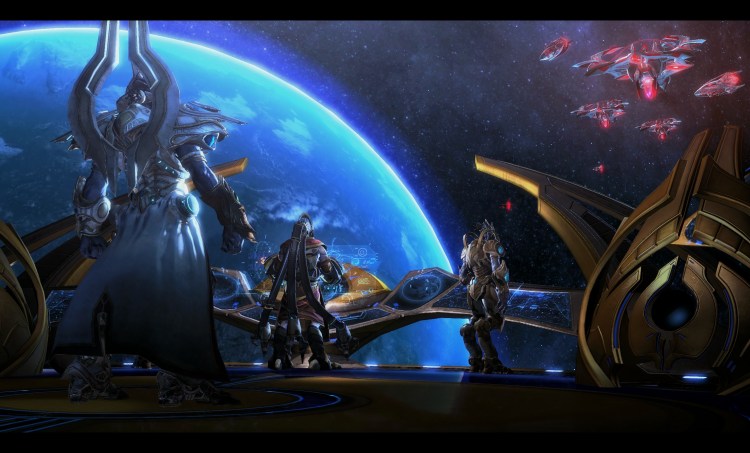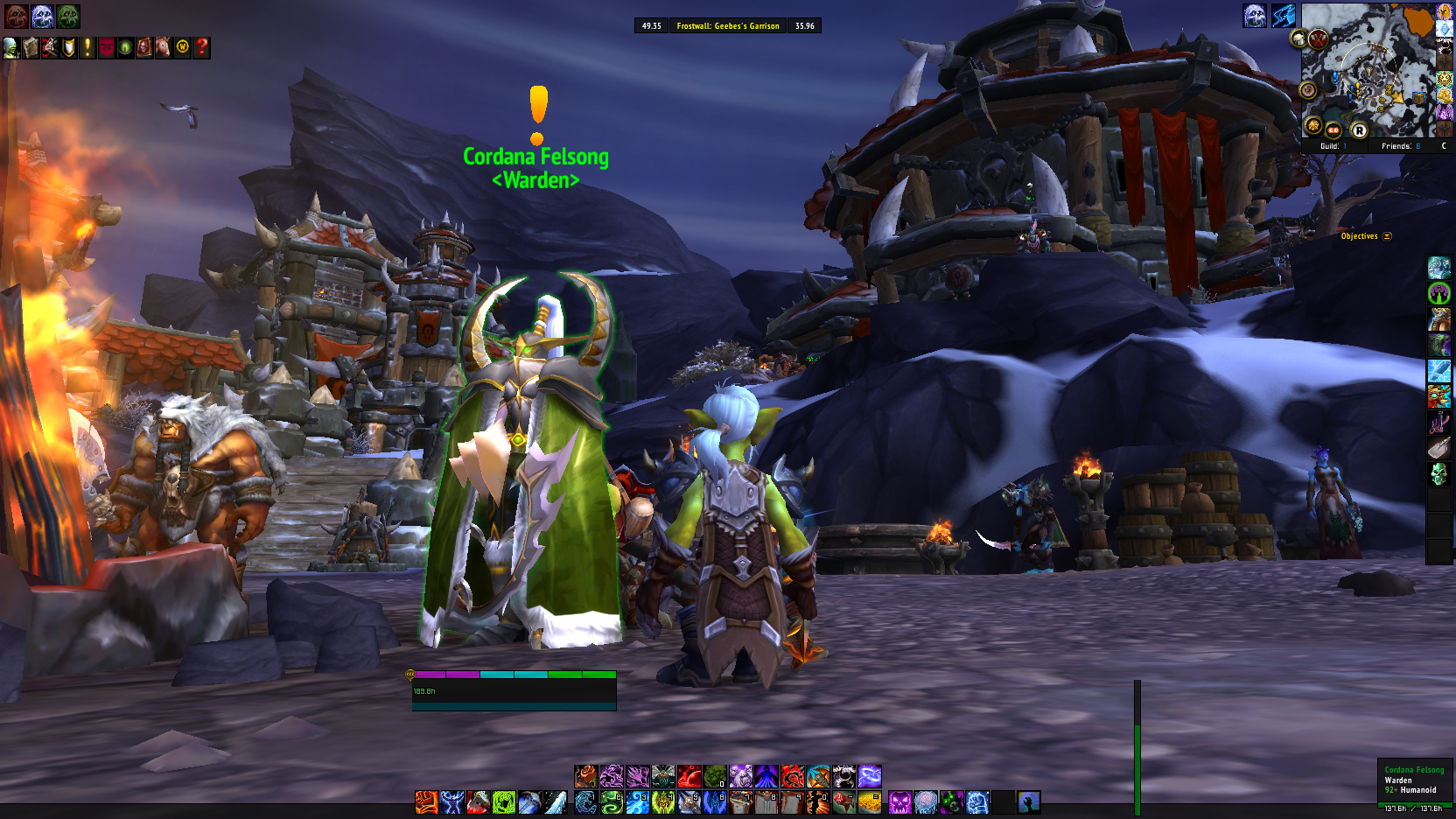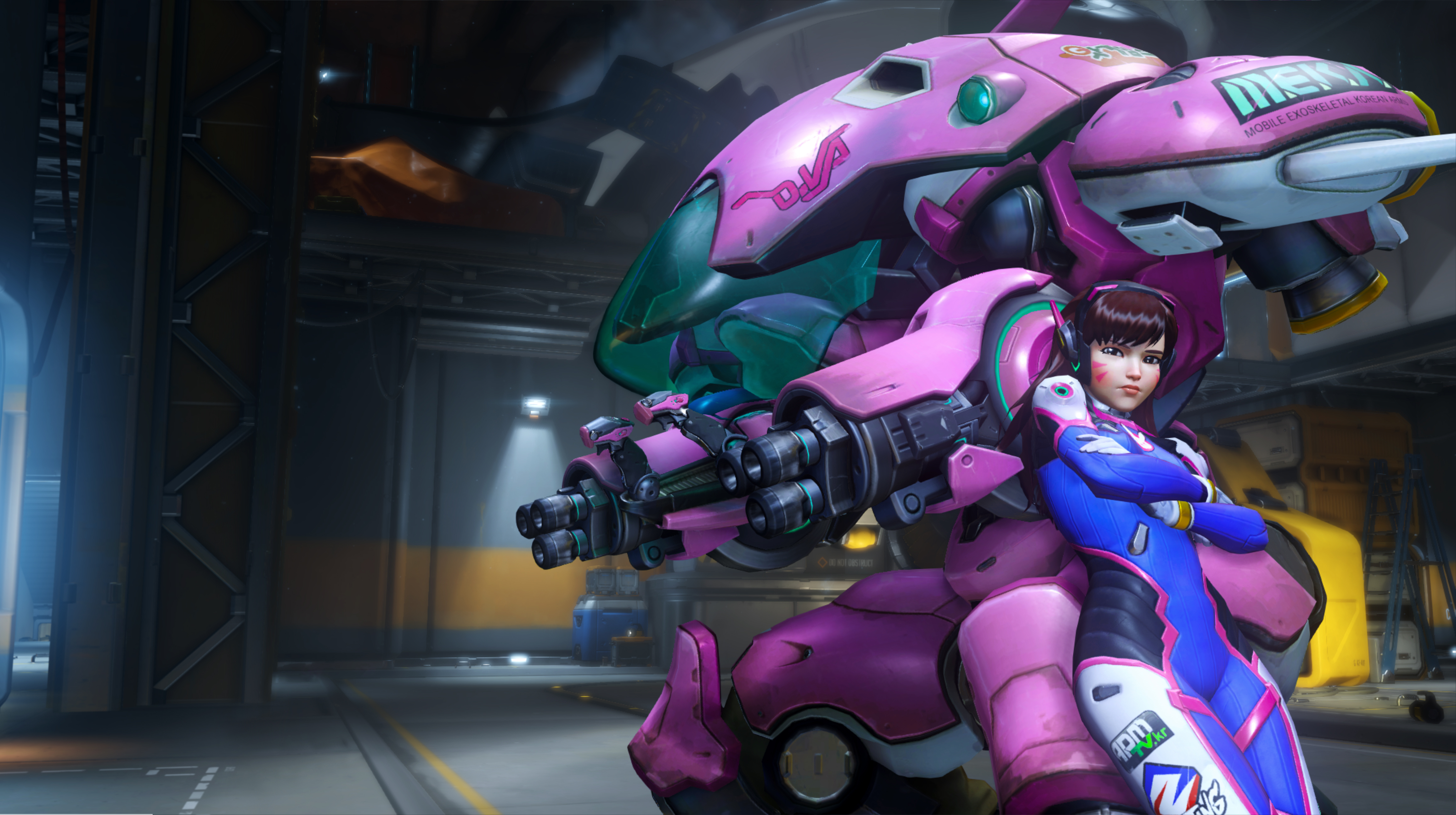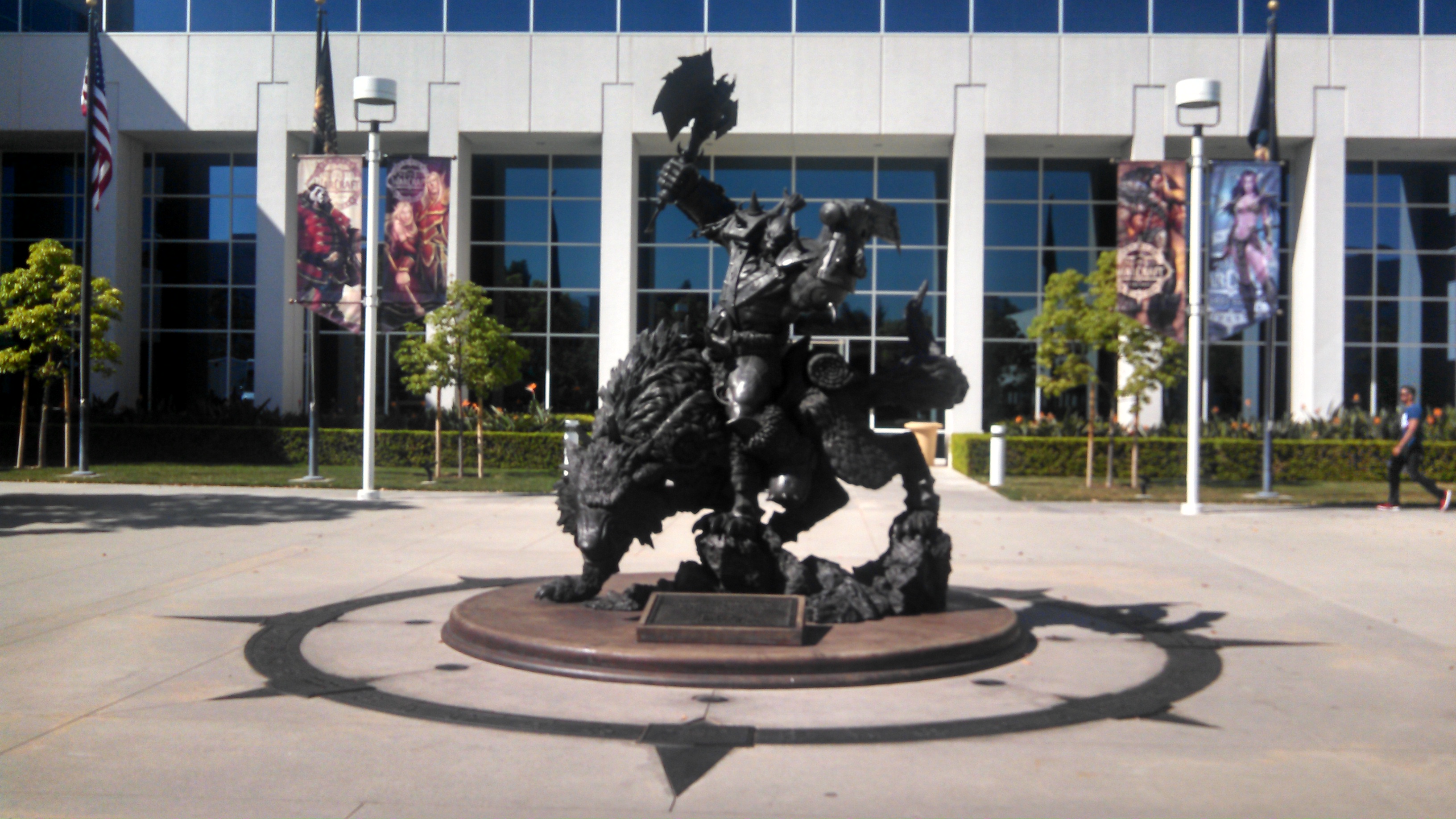“You can play through the tutorial,” he said. “But playing through the tutorial does not give you an understanding of the reality of that experience. Deckbuilding is probably the most difficult element of hearthstone. Hearthstone esport is an opportunity to lengthen that onramp for people.”
Esports and the mass market Blizzard games now command will also drive the company to appeal to a more diverse audience, all three executives said.
Helping a broader player base represent
Like all major gaming companies, Blizzard attempts to strike a balance between “hardcore” gamers and a more casual, general audience. The diversity of who calls themselves hardcore adds to that complexity, because many of them aren’t able to devote dozens of hours a week to a game thanks to jobs and families, but they still want to experience challenging , well-developed content.
Blizzard’s core philosophy over the past 25 years has always been to take games that previously appealed to a single niche and expand that to a broader audience, hopefully without losing the core gamer appeal. They did it most notably in World of Warcraft, its MMORPG, which took a game segment that had never sold more than about half a million copies and broadened it to appeal to the mass market, with record-breaking sales and a peak of more than 12 million subscribers. It even received a spoof from South Park, and it became one of the series’ best-known episodes.
The innovations that World of Warcraft brought to market — the creation of the quest “log” that made it easy for players to see what they needed to do next, the minimap, the reduced buttons onscreen, the exclamation points over the heads of questgivers to make them more easy to find, the idea that you could level up a character by doing nothing but quests (instead of “grinding” for hundreds of hours killing monsters,) among others — made it easier for people with shorter amounts of time and less dedication to the genre to dive in than predecessors such as EverQuest.
That philosophy has persisted across nearly every genre the company has entered, right up to the team shooter Overwatch, which will release this spring. The first-person shooter genre has typically appealed to a more-hardcore audience, but Overwatch includes a number of elements that may broaden the draw: a lighthearted art style, diverse characters, a huge variety in play styles and abilities, and a backstory with characters drawn to elicit sympathy.
Players are changing, Metzen said.
“Geekiness isn’t quite what it used to be. In some ways, everyone’s a gamer now,” he said. “We’re seeing people demanding more representations around the world and in society. They want popular games to be more reflective of a broader spectrum of appearance. We want to be in step with the times. We want everyone to come to this weird big geeky pool party.”
Overwatch provides an opportunity for that, he said.
“We’re trying to build a team based shooter that just has a lot of texture, that has a little something for everybody. We tried to base Overwatch on our world, to be set on Earth, so we can pull from all the texture we live in every day. This game wears its heart on its sleeve that way.
“We’re trying to build a universe that feels a little more representative, without trying to pander.”
Be excellent to each other
But part of being representative means being friendly to people from a broad variety of backgrounds — and that entails more than just representing those folks in games. While the atmosphere towards people with different genders, ethnicity and life stages (casual vs. hardcore, for example) has been friendlier in some of Blizzard’s games that in other places, the company still wants to do more to foster civil conversation.
Nielsen named World of Warcraft the most-played “core” game for women, for example — and yet even in that era, the treatment women said they got from fellow players, perhaps unused to that kind of gender balance, could use some improvement.
https://www.youtube.com/watch?v=FpdAcwCaCNQ
In more recent years, Morhaime has criticized the way some groups are excluded or attacked online (including a veiled reference to GamerGate in BlizzCon panels,) and the company has made a point of including a wide variety of characters in its games.
Overwatch, for example, includes characters of Asian and African-American descent, as well as a variety of kickass women. Hearthstone is one of the few competitive esports to include at least a few female players and organizers.
But Blizzard could still do more, Morhaime said.
“Right now, people still aren’t very nice to each other online, as a general rule,” he said. “If we can help to make the interactions between folks online safer and more friendly, that would make it all more fun and more gratifying for everyone.”
One solution is to strictly limit players’ interaction during games, as Hearthstone does, to a limited number of “emotes.” But that isn’t satisfying in a world where games like World of Warcraft have brought together lifelong friends and even spouses, he said.
“I want to see that type of connection continue as well. We’re going to do our best.”
Another quarter-century of ‘earnest epicness’
That kind of aspirational altruism has popped up at Blizzard in a way it hasn’t in some other major game-industry juggernauts its size. The orc statue in front of the main entrance to Blizzard offices is circled by the company’s eight core values, including “commit to quality” and “every voice matters,” and while gamers might suggest the company doesn’t always reach those lofty goals, few would suggest that it doesn’t try.
Metzen said that attitude plays out in the company’s games as well, which tend to feature the player as a hero with values of his or her own rather than a rampaging death force. Well, perhaps a rampaging death force with values.
“I think it’s remarkably the same over time. I think it’s in our DNA. Even with games like Hearthstone — the game’s much less about immersion than about flavors of a world. It’s still pretty heroic,” he said. “While [Overwatch’s] universe is very different, it’s still very informed by that core DNA. We want you to feel like this amazing person that can change the world and dispense indiscriminate justice.”
He characterized the concept as “earnest epicness,” and predicted it would remain the core concept of Blizzard’s games in the future.
“There are definitely things I hope do not change,” he said. “I hope we maintain these core values. It is a fairly democratic process. We build things that we all are invested in and want to build. I hope that truth is always in play.”
VentureBeat's mission is to be a digital town square for technical decision-makers to gain knowledge about transformative enterprise technology and transact. Learn More





